Massage FAQs
Craniosacral Therapy FAQs
Craniosacral Therapy is a gentle, hands-on approach to evaluating and enhancing the craniosacral system, which is comprised of the membranes and cerebrospinal fluid that surround and protect the brain and spinal cord.
CST is a complementary treatment that releases tensions deep in the body to help reduce pain, relieve dysfunction, and improve whole-body health and performance. By facilitating the body's natural and innate healing processes, CST is increasingly used as a preventive healthcare measure for its ability to bolster resistance to disease.
CST can support a variety of conditions in both adults and children, including:
- Headaches and migraines
- Chronic neck and back pain
- Ear infections, sinus congestion and colic (in children)
- Birth trauma and developmental challenges
- Stress and tension-related disorders
- Anxiety and depression
- Central Nervous System Disorders
- Learning Disabilities
- ADD/ADHD
- Post-Traumatic Stress Disorder (PTSD)
- TMJ dysfunction
- Sleep disturbances
- Post-concussion symptoms
- Fibromyalgia and Chronic Fatigue
- And Many Other Conditions
During a session, clients lie fully clothed on a massage table—adults typically on the table, while children may be on a padded therapy floor as an option. The therapist applies a light touch to specific areas, identifying dysfunction and using manual therapy techniques to release these areas, improving the form and function of the central nervous system.
For child sessions, parents must stay in the therapy room and may participate in the session. Some children may sleep through the session, while others remain alert and even crawl around. Toys can be helpful to keep them distracted and stationary if needed. Children may be silent or vocal and sometimes may cry. The therapist works with the child to help them feel secure and relaxed.
After a CST session, many clients feel deeply relaxed, lighter, more focused, or balanced. Some may experience immediate relief, while others notice subtle shifts in the days following.
For children, many parents report seeing noticeable improvements in behavior, mood, or health after a session, such as calmer behavior or better sleep.

